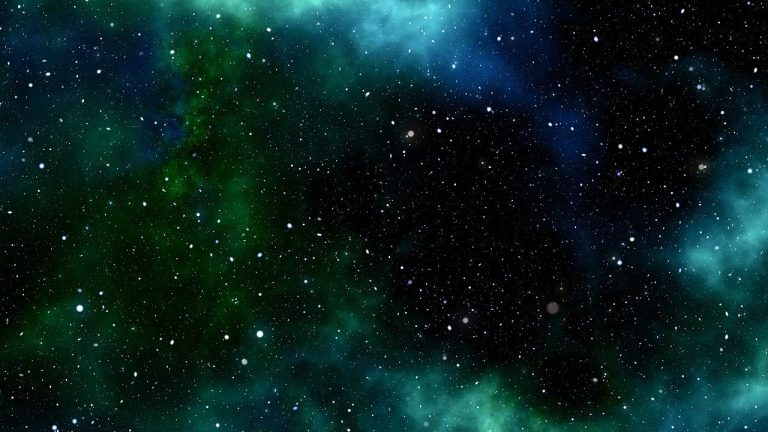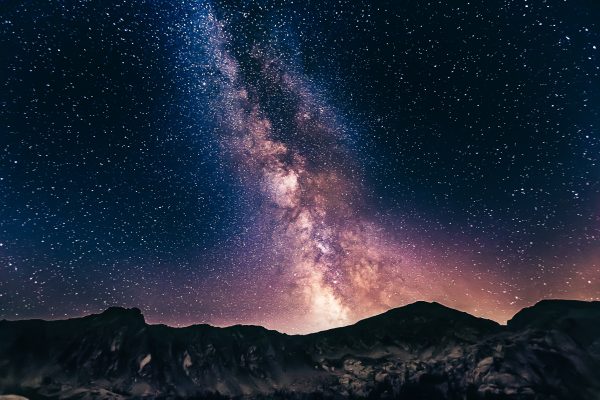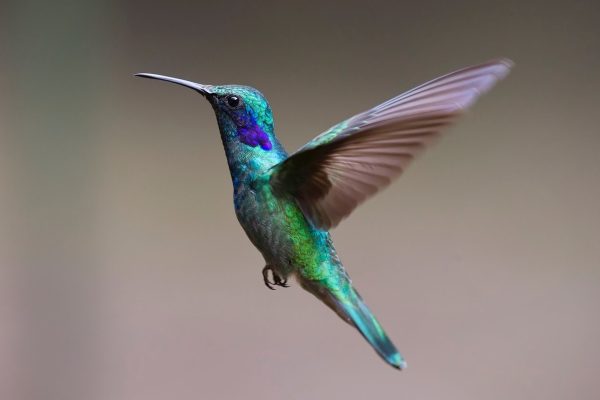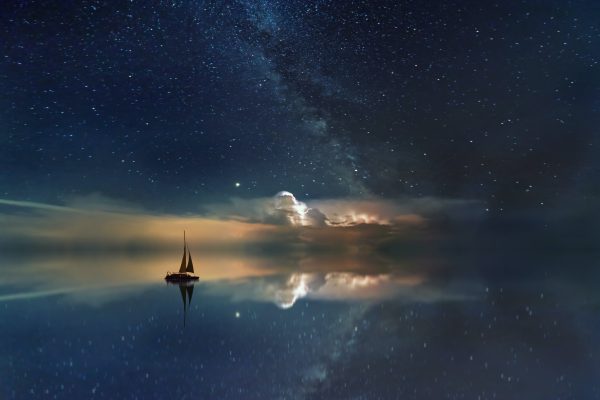The night sky has always been a source of wonder and inspiration for humanity. The stars, the moon, and other celestial bodies have sparked our imagination and curiosity for millennia. The captivating spectacle of the Northern Lights, or Aurora Borealis, is perhaps one of the most beautiful astronomical phenomena that we can witness. Capturing this celestial magic in a photograph is an art form that can be learned and perfected. In this comprehensive guide, we will explore the fascinating world of celestial photography, highlighting the process of photographing the Northern Lights along the way.
How to Photograph the Northern Lights
Choosing the Right Gear
When embarking on a celestial photography journey, choosing the right gear is a vital first step. What do you need to photograph the Northern Lights effectively?
Is a DSLR or Mirrorless Camera the Best Option?
DSLR and mirrorless cameras, thanks to their interchangeable lenses and manual settings, provide flexibility that can be critical when photographing the Northern Lights. But which is better?
What About Lenses and Tripods?
The lens you choose can greatly affect your photograph’s outcome. A wide-angle lens with a large aperture (f/2.8 or lower) is ideal. And a sturdy tripod is a must-have to avoid camera shake during long exposures.
The Perfect Location
Once you’re armed with the right gear, where should you go to get the best shot? And how can you ensure minimal light pollution?
Understanding Camera Settings
Understanding and manipulating your camera settings is critical for night photography. How do you adjust ISO, aperture, and shutter speed for the best results?
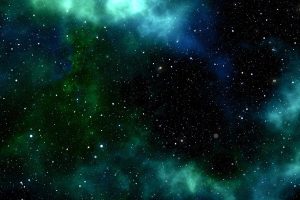
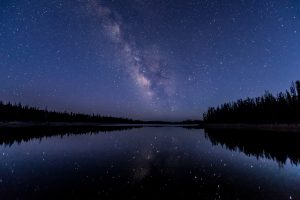
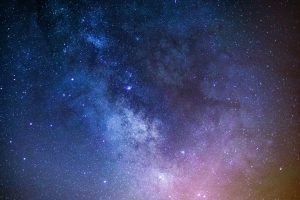
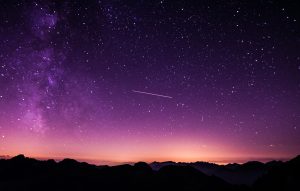

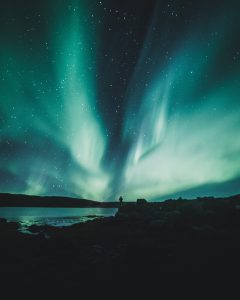
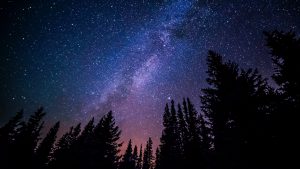
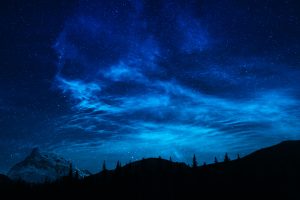
Astrophotography Beyond the Northern Lights
There’s a universe of celestial bodies waiting to be captured. How can you photograph other celestial events like star trails, the Milky Way, and meteor showers?
How to Photograph Star Trails
A step-by-step guide to creating awe-inspiring images of star trails.
Capturing the Milky Way
The Milky Way can make for some breathtaking photographs. How can you capture our home galaxy in all its glory?
Photographing Meteor Showers
Meteor showers are a spectacle to behold and to photograph. How can you seize the moment when the skies are raining stars?
Post-Processing: Turning Good Shots into Great Ones
After the camera work, how can you enhance your celestial photographs through post-processing?
Conclusion
With the right gear, knowledge, and a little patience, capturing the stunning beauty of the Northern Lights and other celestial phenomena is within your grasp. As you journey through your celestial photography adventure, remember that every photograph you take is a unique capture of the universe’s grandeur at that moment in time. You are not just taking photos; you’re creating cosmic art.
Questions & Answers
- What is the best time to photograph the Northern Lights?
The best time to photograph the Northern Lights is during winter, from late September to early April, when the nights are the longest.
- Can I photograph the Northern Lights with my smartphone?
While some modern smartphones can capture the Northern Lights to some extent, for high-quality photos, a DSLR or mirrorless camera with manual settings is recommended.
- How do I find a location with minimal light pollution?
There are online resources like Dark Site Finder and Light Pollution Map which can help you find the darkest skies near you.
- What settings should I use for photographing star trails?
Star trails require long
exposure times. You may start with a setting of 30 seconds exposure, f/2.8 aperture, and ISO 1600 and then adjust as needed.
- Can I photograph celestial bodies from my backyard?
Yes, you can! However, light pollution in urban areas may hinder the visibility of fainter stars and the Milky Way.
- Do I need special software for post-processing?
Software like Adobe Lightroom or Photoshop can be beneficial for editing your photos. There are also free alternatives like GIMP and Darktable.
